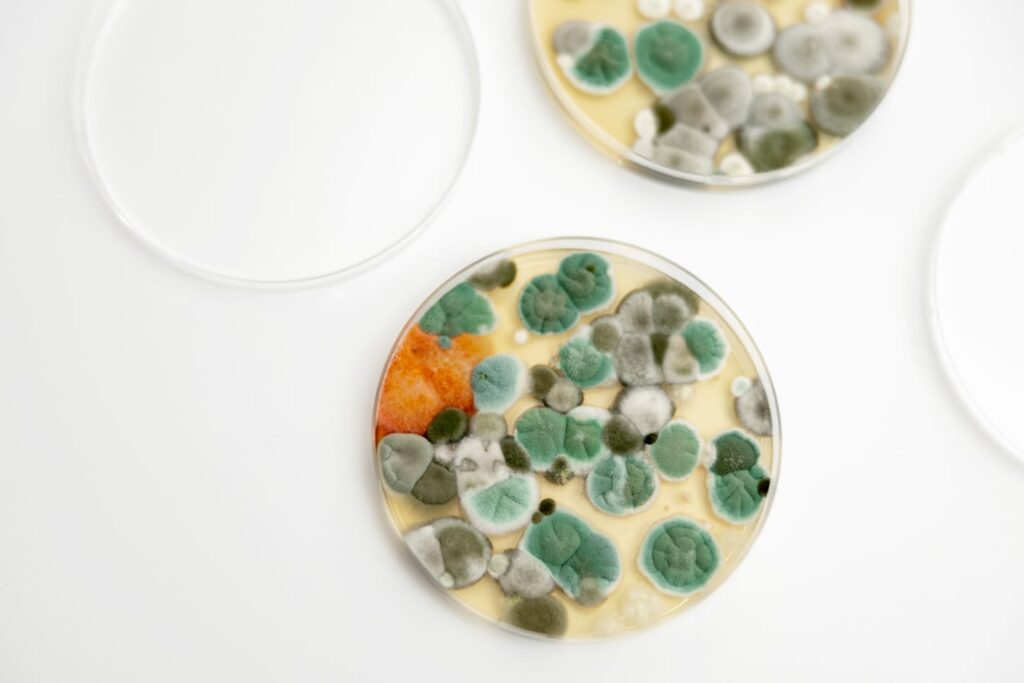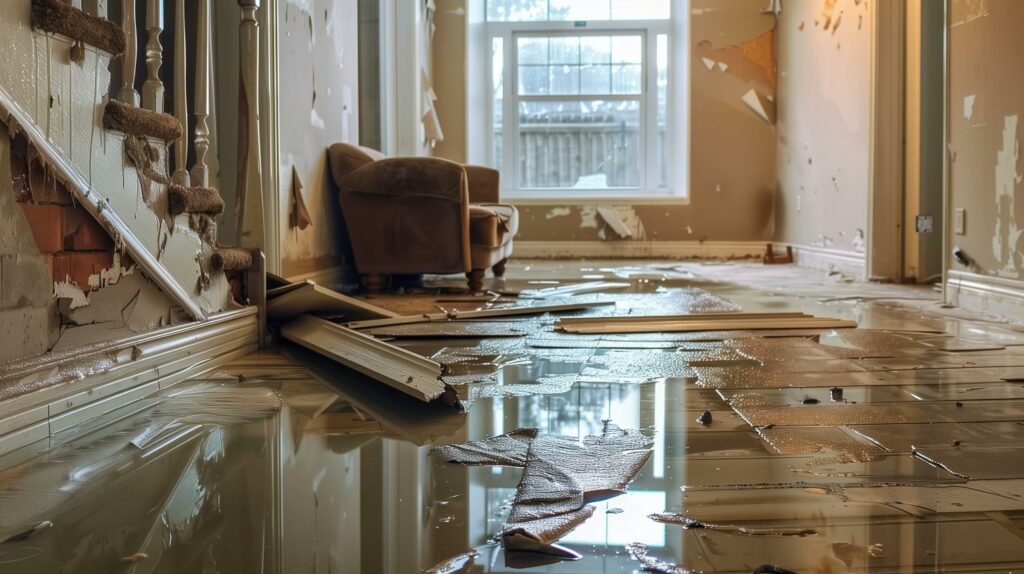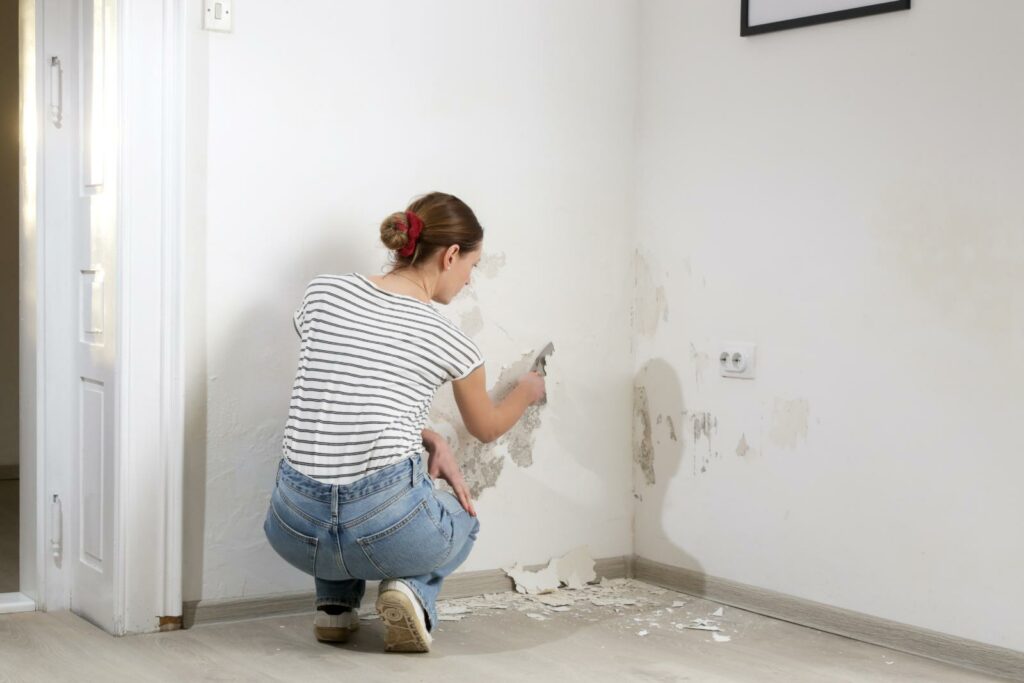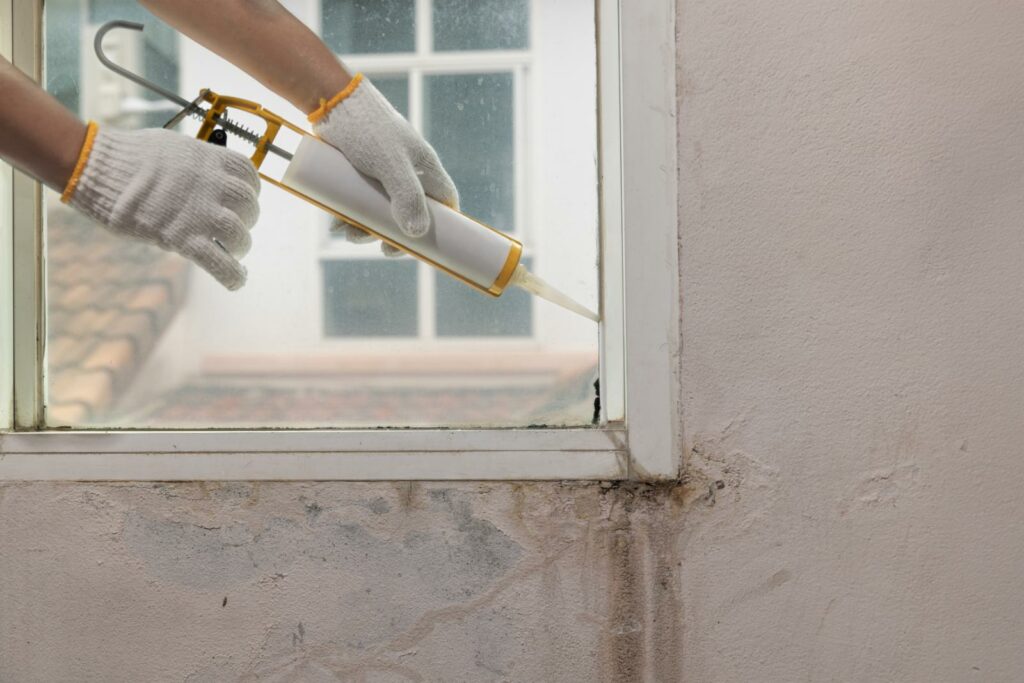Contents
Unmasking Mold Illness: The Hidden Danger Lurking in Your Home and How to Fight Back
Mold illness is a serious health issue that affects millions of people worldwide. The toxic effects of mold exposure can be especially severe for individuals with Chronic Inflammatory Response Syndrome (CIRS). In this comprehensive guide, we’ll delve into the symptoms and causes of mold illness, why it is particularly dangerous for those with CIRS, and the steps you can take to get rid of mold in your home.
What you can expect from this article:
- Mold illness is a severe health issue caused by exposure to toxic molds, with symptoms ranging from chronic fatigue to cognitive dysfunction.
- Chronic Inflammatory Response Syndrome (CIRS) makes individuals more susceptible to mold illness and can lead to severe symptoms.
- Mold can be identified in your home by visible growth, musty odors, water damage, or condensation.
- To get rid of mold, assess the problem, wear protective gear, isolate the area, remove moldy materials, clean surfaces, and thoroughly dry the area.
- Prevent mold growth by controlling humidity levels, improving ventilation, fixing leaks promptly, and regularly cleaning your home.
- Call a professional mold remediation company for extensive mold infestations or if you have a compromised immune system.
- Understanding mold illness and removing and preventing mold growth is crucial for protecting your health and maintaining a safe living environment.

1. Understanding Mold Illness
Mold illness, also known as mold toxicity or mold-related illness, refers to various health issues caused by exposure to toxic molds. These microscopic fungi release spores and mycotoxins, which can cause various symptoms in sensitive individuals. Some common symptoms of mold illness include:
- Chronic fatigue
- Respiratory issues (e.g., coughing, wheezing, and shortness of breath)
- Sinus congestion
- Headaches
- Joint and muscle pain
- Cognitive dysfunction (e.g., memory problems and difficulty concentrating)
- Skin rashes
- Digestive problems (e.g., bloating, gas, and diarrhea)
It’s important to note that mold illness is not an allergic reaction. While some people may have allergic reactions to mold, mold illness is caused by the toxic effects of mycotoxins on the body.
2. Chronic Inflammatory Response Syndrome (CIRS) and Mold Illness
Chronic Inflammatory Response Syndrome (CIRS) is a multi-system, multi-symptom condition caused by the body’s inability to appropriately respond to and clear biotoxins, such as those produced by mold. Individuals with CIRS are more susceptible to mold illness and can experience severe symptoms upon exposure to even low levels of mold.
CIRS is a complex condition that can be challenging to diagnose and treat. If you suspect that you or a loved one may be experiencing mold illness due to CIRS, it’s crucial to consult with a knowledgeable healthcare professional who can provide appropriate guidance and support.
3. Identifying Mold in Your Home
Mold can grow almost anywhere there is moisture, oxygen, and a food source, such as wood, paper, or fabric. To identify mold in your home, keep an eye out for the following signs:
- Visible mold growth: Mold can appear as fuzzy or slimy patches on surfaces and can be in various colors, including black, green, white, or orange.
- Musty, earthy odors: Mold often produces a distinctive smell that can help you identify its presence.
- Water damage or leaks: Mold thrives in damp conditions, so any signs of water damage or leaks may indicate a mold problem.
- Condensation: High condensation levels on windows or walls can create an environment conducive to mold growth.
4. How to Get Rid of Mold
If you’ve discovered mold in your home, removing it and immediately addressing the underlying moisture issue is essential. Here are some steps to help you get rid of mold:
- Assess the extent of the mold problem: Determine if the mold is limited to a small area (less than 10 square feet) or if it has spread to a larger area. Small mold problems can often be handled by homeowners, while larger infestations may require professional help.
- Wear protective gear: Before tackling any mold removal, make sure to wear protective gear such as gloves, goggles, and a face mask or respirator to avoid inhaling mold spores or coming into contact with mycotoxins.
- Isolate the affected area: Close off the area with mold to prevent spores from spreading to other parts of your home. Seal any openings, such as vents or doorways, with plastic sheeting and tape.
- Remove moldy materials: Carefully remove any moldy items, such as carpets, furniture, or drywall. Dispose of these items in sealed plastic bags to prevent mold spores from spreading.
- Clean surfaces: Thoroughly clean non-porous surfaces affected by mold using a solution of detergent and water, or a mixture of one part bleach to ten parts water. Make sure to scrub the surface thoroughly to remove all traces of mold.
- Dry the area: After cleaning, make sure to thoroughly dry the affected area using fans, dehumidifiers, or natural ventilation. This will help prevent mold from returning.
- Repair the moisture issue: Address the underlying cause of the mold growth, such as fixing leaks or improving ventilation, to prevent mold from returning.

5. Preventing Mold Growth
Preventing mold growth in your home is crucial to avoid the health risks of mold illness. Here are some tips to help you prevent mold growth:
- Control humidity levels: Aim to keep the humidity in your home below 60%, ideally between 30% and 50%. Use air conditioners or dehumidifiers to reduce humidity, especially during damp or humid months.
- Improve ventilation: Ensure that your home is well-ventilated, particularly in areas prone to moisture, such as bathrooms and kitchens. Use exhaust fans or open windows to encourage airflow.
- Fix leaks promptly: Leaks and water damage can lead to mold growth, so it’s essential to address any plumbing or roofing issues as soon as they arise.
- Regularly clean and maintain your home: Regular cleaning can help prevent mold growth by removing the food sources it needs to thrive. Pay special attention to damp areas, such as basements, and clean them frequently.
6. When to Call a Professional
Sometimes, mold problems may be too extensive or dangerous for homeowners to tackle independently. If you’re dealing with a large mold infestation (greater than 10 square feet), or if you have a compromised immune system, it’s advisable to call a professional mold remediation company. These experts have the necessary equipment, training, and experience to safely and effectively remove mold from your home.
7. Conclusion
Mold illness is a significant health concern, especially for individuals with Chronic Inflammatory Response Syndrome (CIRS). By understanding the symptoms and causes of mold illness, identifying mold in your home, and taking steps to remove and prevent mold growth, you can protect yourself and your loved ones from the harmful effects of mold exposure. Remember, when in doubt or if you’re dealing with a severe mold problem, it’s always best to consult with a professional mold remediation company to ensure the safe and thorough removal of mold from your home.
By being proactive and vigilant about mold prevention and addressing any mold issues promptly, you can create a healthier living environment and minimize the risk of mold illness. Educate yourself and your family about the dangers of mold exposure and the importance of maintaining a clean, dry, and well-ventilated home. By doing so, you’ll be taking necessary steps towards safeguarding your family’s health and well-being in the face of mold-related risks.
Disclaimer: This article is provided for informational purposes only and is not intended to replace the training, expertise, and services of a certified mold remediation professional. While the information presented here is meant to help you understand mold illness and general guidelines for mold removal and prevention, it is important to consult with a qualified professional when dealing with mold issues in your home, especially if you suspect a large infestation or have a compromised immune system. The authors and publisher of this article are not responsible for any errors, omissions, or outcomes resulting from the application of the information provided.




